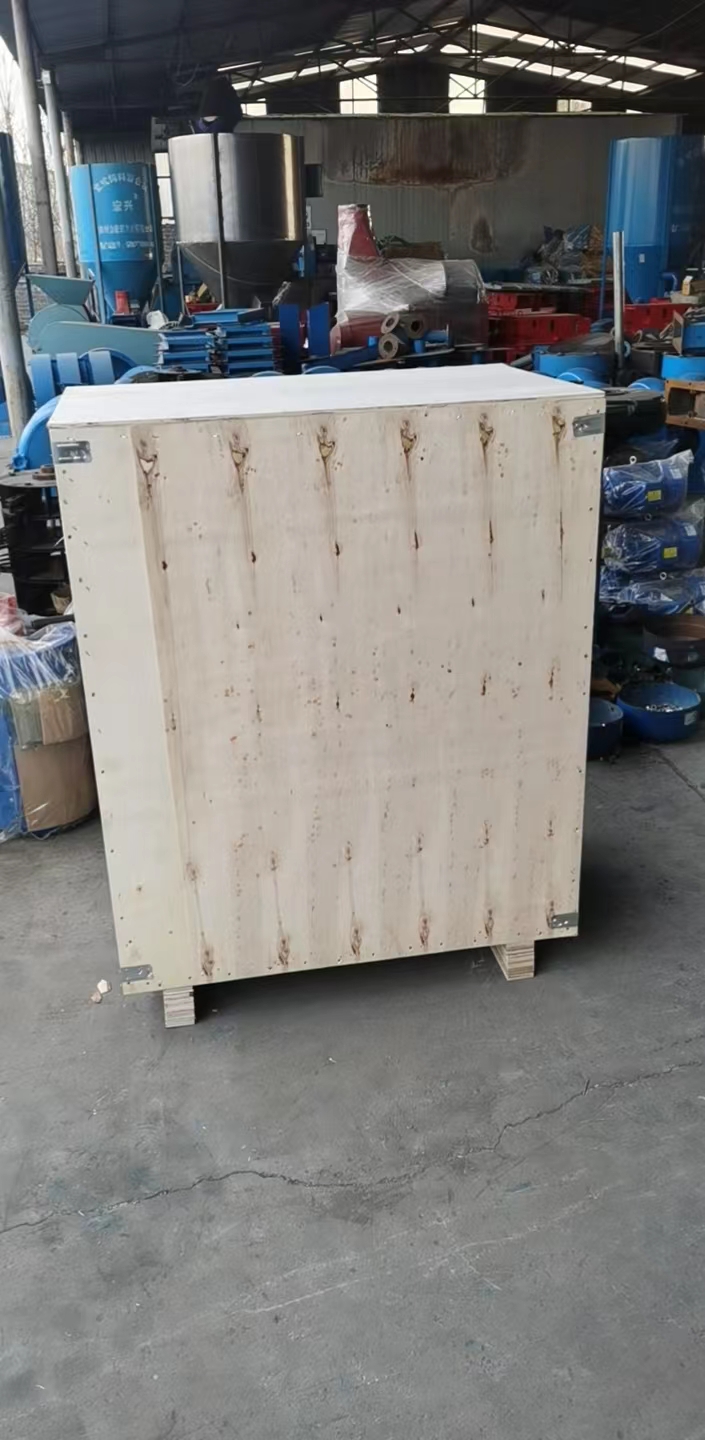Innovative Pellet Machines for Efficient Livestock Feed Production and Sustainable Farming Solutions
Aug . 14, 2024 11:46 Back to list
Innovative Pellet Machines for Efficient Livestock Feed Production and Sustainable Farming Solutions
The Importance of Pellet Machines for Feed Production
In the world of animal husbandry and aquaculture, the quality of feed plays a pivotal role in the health, growth, and productivity of livestock and aquatic species. One of the most effective ways to enhance the nutritional value and digestibility of animal feed is through the use of pellet machines. These machines are designed to compress powdered feed ingredients into uniform pellets, making them easier for animals to consume and digest. In this article, we will explore the advantages of using pellet machines for feed production, the types of pellet machines available, and their impact on the animal feed industry.
Advantages of Pelletizing Feed
1. Improved Nutritional Value Pelletizing feed helps to lock in essential nutrients by reducing the degradation of vitamins and minerals during storage and handling. The high temperature and pressure involved in the pelletizing process can also enhance the availability of certain nutrients, making them more accessible to animals.
2. Enhanced Digestibility The pelleting process breaks down feed particles into smaller sizes, which can improve digestibility. This is particularly important for ruminants, such as cattle and sheep, and for monogastric animals like pigs and poultry, as it helps in better nutrient absorption.
3. Reduced Feed Waste Feed that is in pellet form is less likely to be wasted compared to loose ingredients. Pellets are easier to handle and store, reducing spillage and losses. Moreover, animals tend to consume pellets more readily than loose powders, further minimizing waste.
4. Convenient Feeding Pelletized feed is more convenient for both farmers and animals. The uniform size of pellets makes it easier to measure out feed portions, and animals can consume them more easily. This leads to a more efficient feeding process, saving time and labor costs.
5. Biosecurity Using a pellet machine reduces the risk of contamination. When feed is pelleted, harmful microorganisms present in raw ingredients are often killed off due to the heat and pressure. This helps in ensuring that the feed is safe for animal consumption.
pellet machine for feed

Types of Pellet Machines
When it comes to pellet machines for feed production, there are several types available, each designed for specific needs
1. Flat Die Pellet Mills These are suitable for small to medium-scale production. They are widely used for producing feed for poultry, rabbits, and other small livestock. They work by forcing raw materials through a flat die to form pellets.
2. Ring Die Pellet Mills Designed for larger operations, ring die pellet mills are capable of producing high volumes of pellets. These machines are typically used in commercial feed mills and are efficient in producing high-density pellets for livestock and aquaculture.
3. Mobile Pellet Mills These machines are portable, making them ideal for farmers who want to produce their own feed on-site. Mobile pellet mills can be driven to different locations, providing flexibility in feed production.
Impact on the Feed Industry
The introduction of pellet machines has revolutionized the animal feed industry. It has enabled feed manufacturers to produce high-quality, consistent, and nutrient-dense feed that meets the specific dietary requirements of various animals. This has not only improved livestock productivity but has also contributed to the sustainability of animal farming by optimizing the use of resources.
As the demand for high-quality animal products continues to rise, the role of pellet machines in feed production will only become more significant. They are essential tools that equip farmers and feed manufacturers to meet the evolving needs of the agricultural sector—ensuring that livestock receive the best nutrition possible for optimal growth and health. In conclusion, pellet machines for feed are indeed a cornerstone of modern animal husbandry, shaping the future of sustainable food production.
-
Automatic Feeding Line System-Poultry Farming|Chicken Feeding&Watering
NewsJul.30,2025
-
Automatic Feeding Line System - Anping County Yize Metal Products Co., Ltd.|Pan Feeder Nipple Drinker,Broiler Farming
NewsJul.30,2025
-
Automatic Feeding Line System Pan Feeder Nipple Drinker-Anping County Yize Metal Products Co., Ltd.
NewsJul.30,2025
-
Automatic Feeding Line System-Anping County Yize Metal Products Co., Ltd.|Durable Construction&Easy Maintenance
NewsJul.30,2025
-
Automatic Feeding Line System-Anping County Yize Metal Products Co., Ltd.|Pan Feeder Nipple Drinker&Durable Poultry Farming Solution
NewsJul.30,2025
-
Automatic Feeding Line System Pan Feeder Nipple Drinker|Anping County Yize Metal Products Co., Ltd.
NewsJul.29,2025






